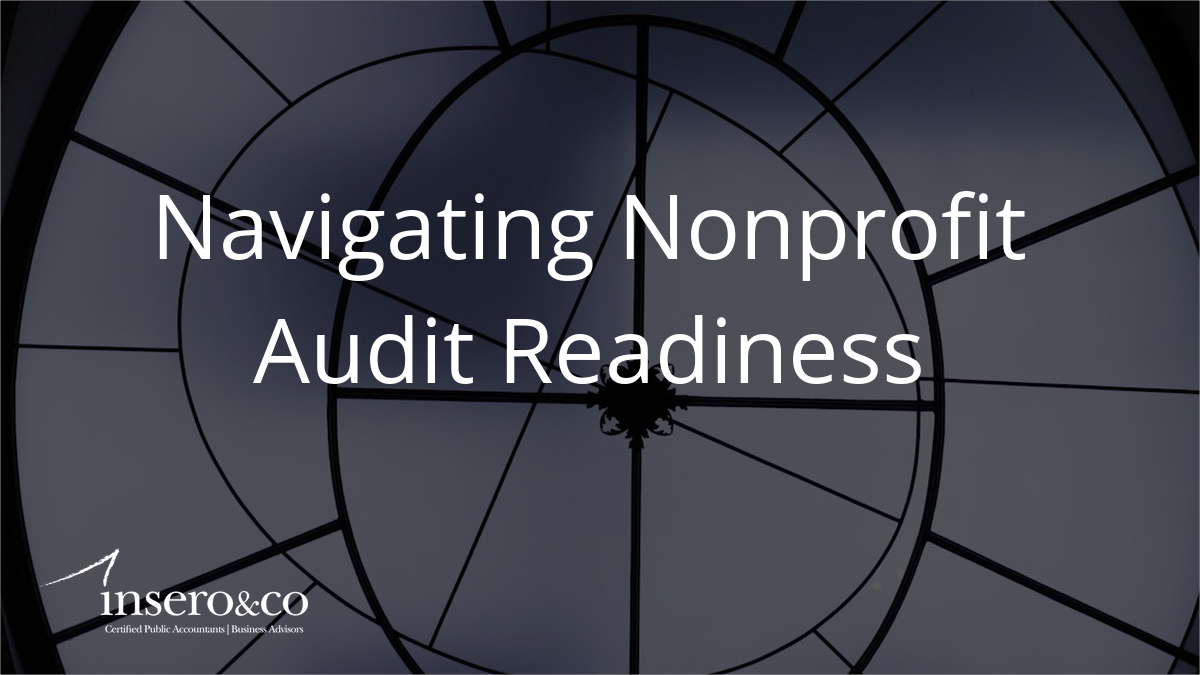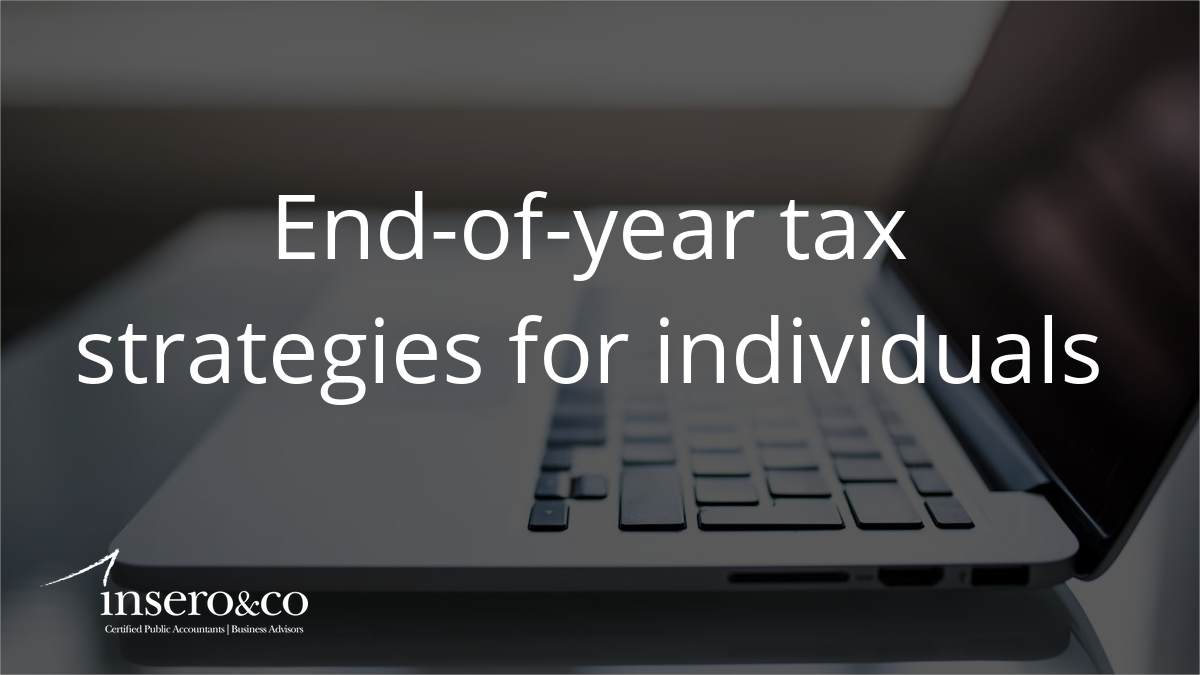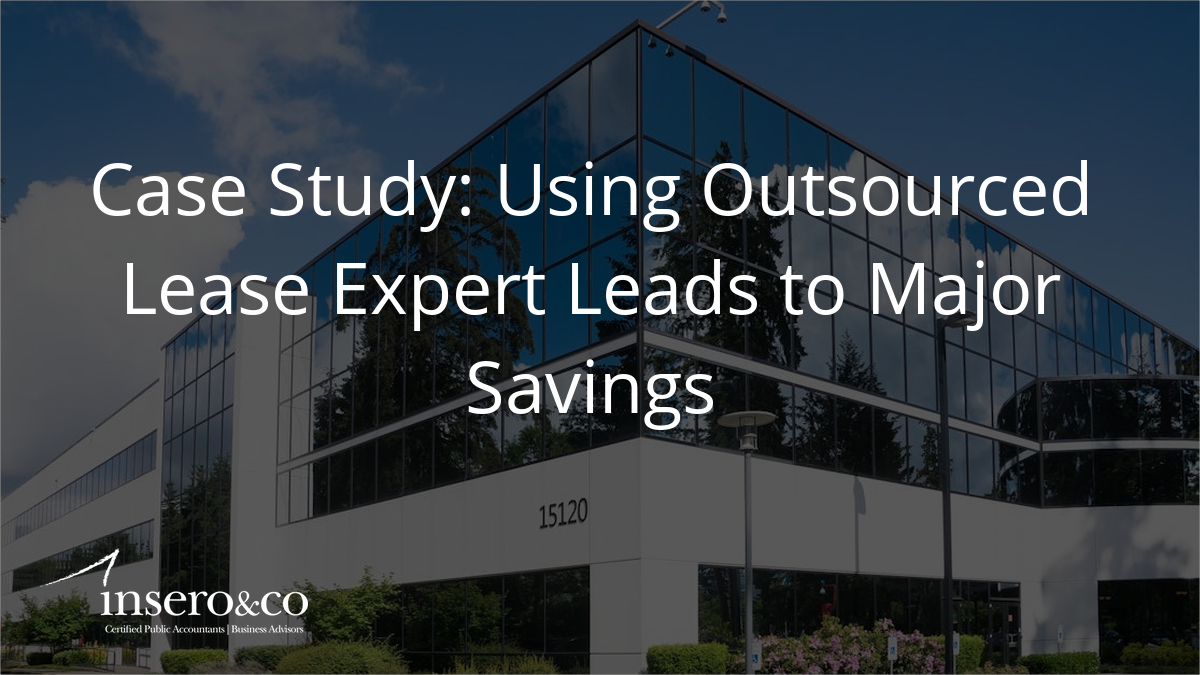3 More Accounting Best Practices for Nonprofits
In a previous article, we discussed three accounting best practices designed to help nonprofits reduce risks and stay focused on their mission. Here, we build on those tips to show how organizations can improve in three critical areas: regulations, budgeting, and fundraising.
Best practice #1: Keep track of the latest nonprofit regulations
As we mentioned in our earlier article, nonprofits face different accounting challenges than for-profit enterprises. That includes different tax and accounting regulations, including GAAP and IRS requirements.
As you know, GAAP, or Generally Accepted Accounting Principles, are guidelines every accounting professional has to follow. GAAP rules change in sometimes complex ways, so you have to stay abreast of how those changes affect your organization. IRS requirements for nonprofits likewise change and require constant monitoring.
Whatever regulatory changes come next, it’s essential to have flexible ERP software in place. For example, Sage Intacct, the best-in-class cloud-based accounting software solution, provides reporting flexibility and configurability to let you adapt to new requirements in minutes instead of days or weeks. You can update your reporting format simply by editing your existing reports and pointing and clicking to insert the new columns, rows, and subtotals.
Best practice #2: Create realistic budgets with better forecasting
If you’re still creating spreadsheet-based budget forecasts, there is a better way. Imagine being able to model calculations such as projected cash flow, revenue recognition options, or headcount expenses without the errors common to spreadsheets. Plus, no more hidden formulas, broken links, or version-control issues!
With more advanced software solutions like Sage Intacct, you can create multiple what-if scenarios and easily discuss them across teams—all within one secure solution. More accurate forecasts lead to more refined budgets that identify both challenges and opportunities.
Best practice #3: Set realistic fundraising plans
Set overly ambitious fundraising goals, and your development team will inevitably fall short. But if your goals are too low, your team won’t be pushed. Again, the key is to have the right accounting software in place, which will give you quick access to detailed grant, fund, project, and donor data.
Look for integrated software solutions that automatically sync your financial and donor information. Then use that data to create realistic fundraising goals, and a plan to reach them. If circumstances change during the year, you can update the fundraising plan accordingly—the right software will make it easy.
Learn more
Insero & Co. is a public accounting firm with decades of experience working with nonprofit organizations. Our experts are available to help you identify the best practices that can help your organization achieve your mission.





